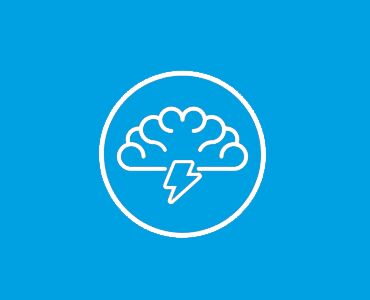Why Behavioral Economics is the key to incentive programs
We have come to understand what Behavioral Economics is, as well as the more modern Behavioral Incentivization, which is an application of Behavioral Economics (BE) itself. If you are reading this and want a refresher on Behavioral Economics and Behavioral Incentivization (BI), check out our first paper called Behavioral Incentivization 101.
What are behavioral economic principles?
Through the years of studying the impact of behavioral attributes on economic decision-making, economists have developed a number of BE principles. Each principle gives a high-level description of how individuals and institutions typically behave under specific purchase-decision circumstances. When applied in the real world, these principles can help you better understand and help change behavior by leveraging BE principles that relate to particular situations.
Put the theory into practice
Our white paper, Behavioral Incentivization 2.0, gives a great deal of information on the 5 Economic Principles you need to know for your incentivization program but we will be going over an important one right now.
Goal gradient effect
Have you ever been in a competition or race? Did you find yourself pushing harder towards the finish line or deadline as it approaches?
If so, then you have inadvertently demonstrated the goal gradient effect. The goal gradient effect principle suggests that as a goal gets closer to being achieved, people will naturally work harder to achieve it. Various research has demonstrated that humans and other animals will increase their efforts towards a goal as they approach reaching that goal. Rats will speed up as they approach a food reward, and humans will apply more effort as they approach the threshold for a reward such as free products, gift certificates, or goals such as visual cues like finish lines.
The goal gradient effect is especially applicable for sales teams that have longer opportunity closing periods. Let’s say your sales team takes an average of 4 months to close an opportunity, there will be a gradual decrease in stamina as the opportunity progresses through stages. However, as the illustration below shows, your team will regain momentum as they see signs of the opportunity closing, and stamina and energy will increase




